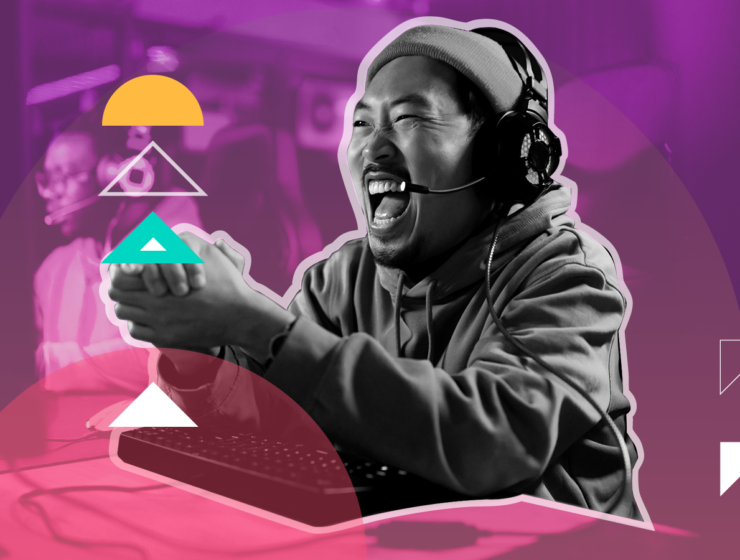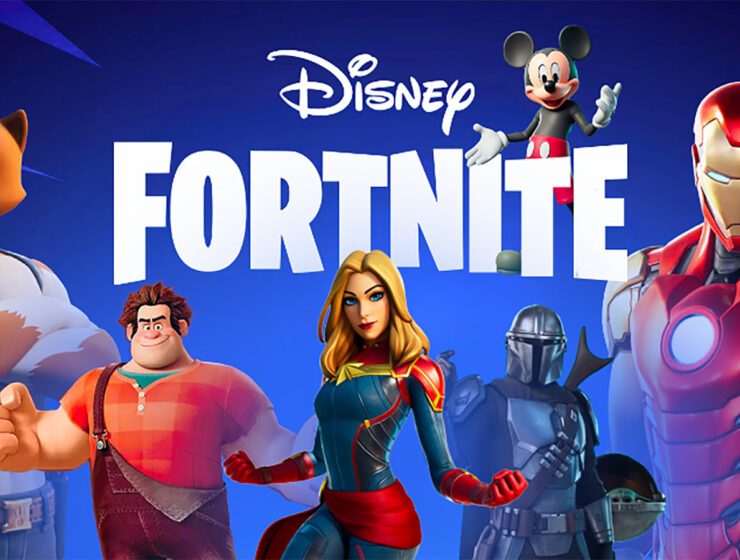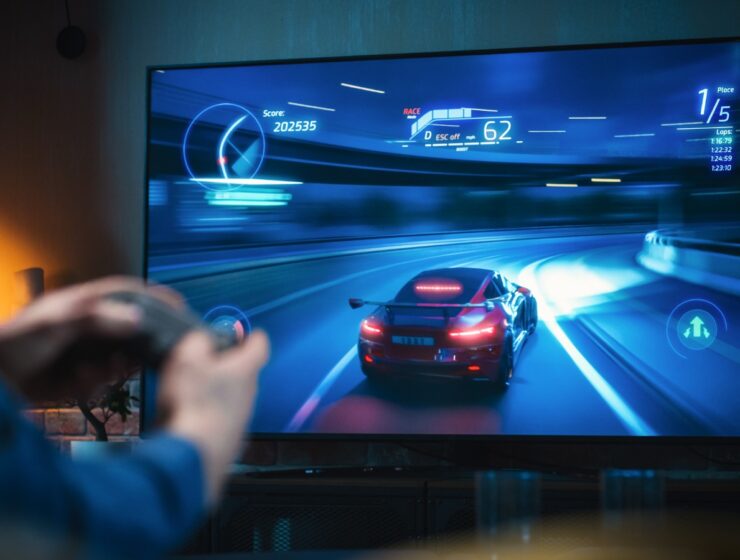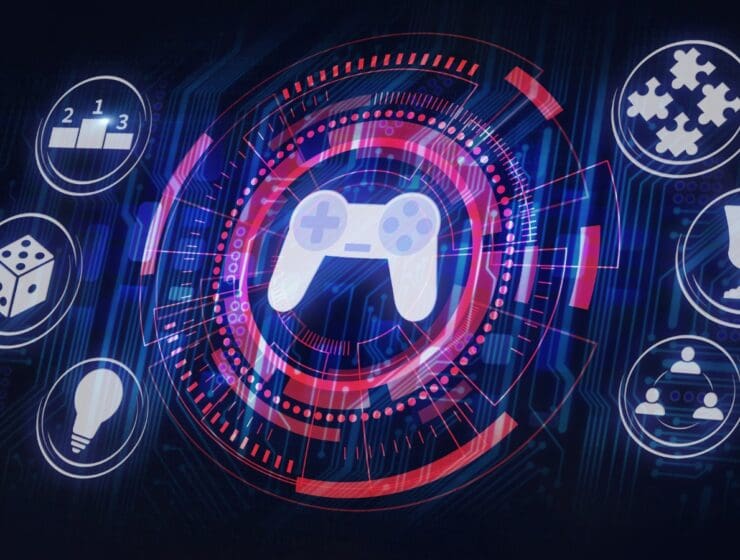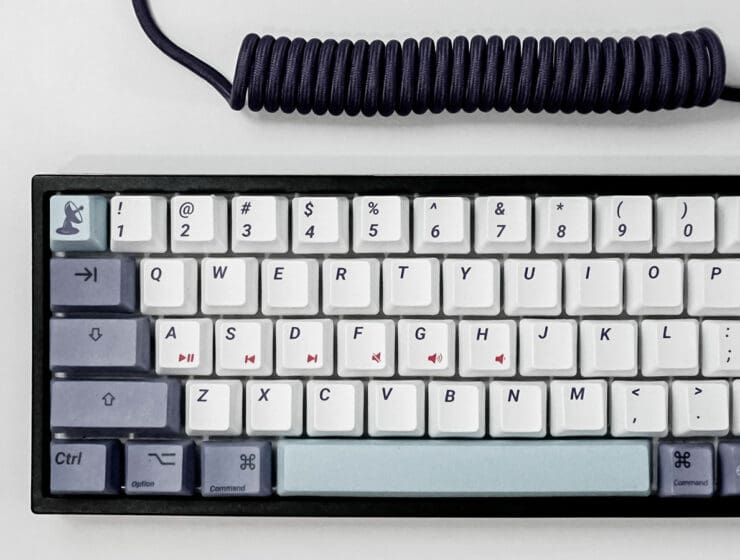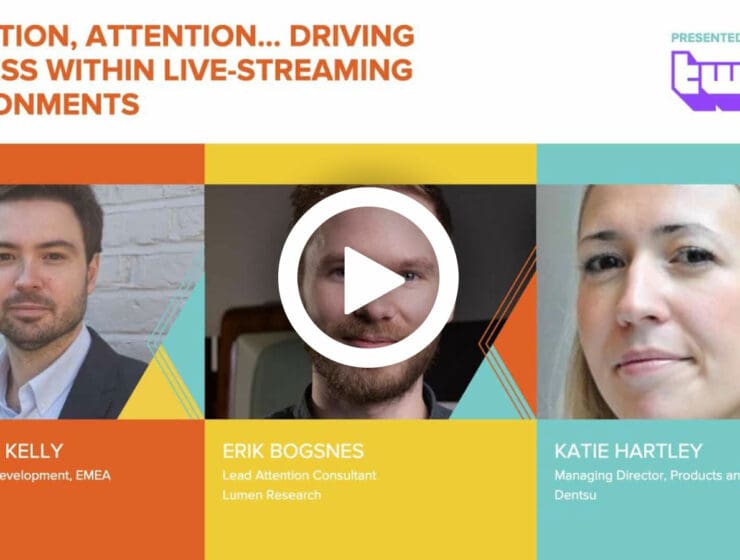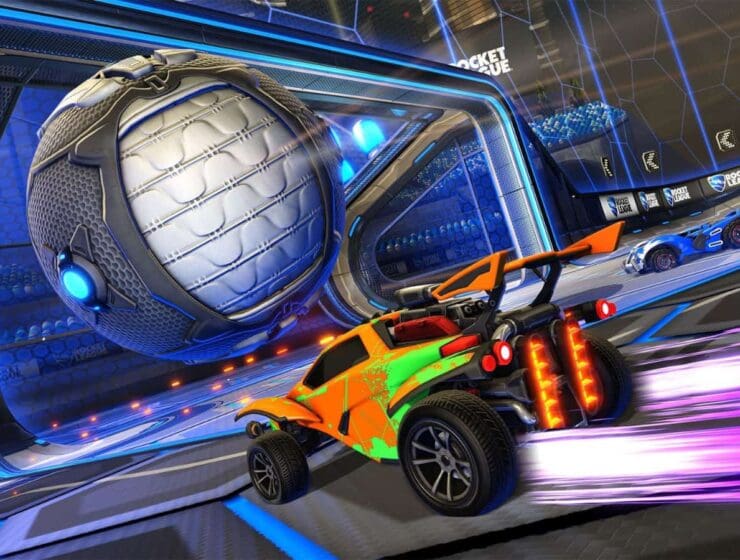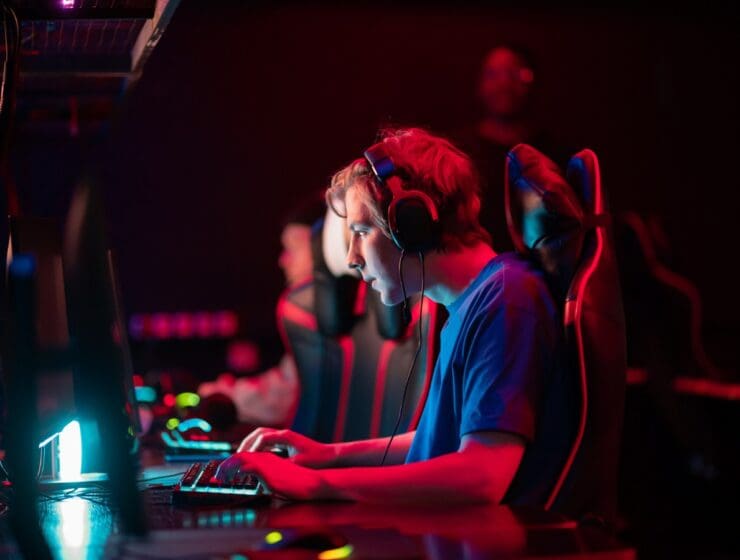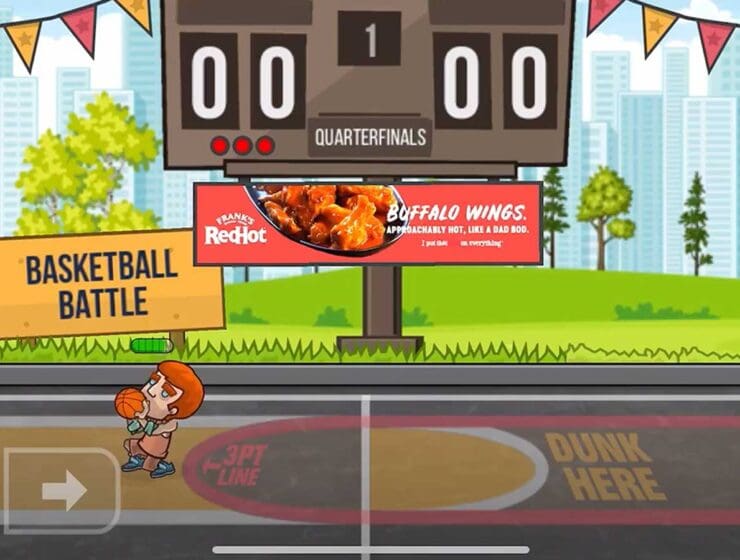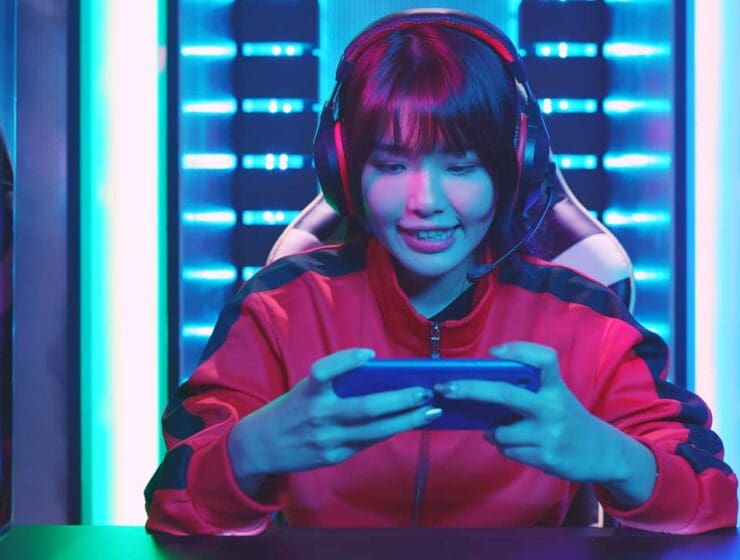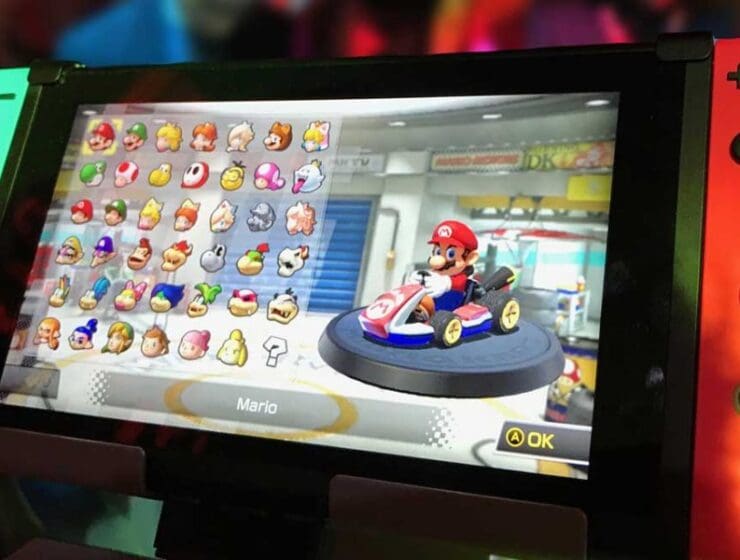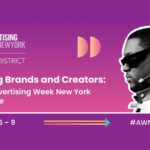By tapping into emotions of ‘play’ ‘pleasure-seeking’ ‘belonging’ and significantly we have the opportunity to shift these fans to the ‘passionate’ end of the scale, which will ultimately provide a more substantial commercial opportunity.
By focusing solely on the spectacle of top creators, marketers are missing out on the true engine of influence within gaming: the vast, peer-to-peer networks and digital communities that quietly dominate the creator economy.

Playable ads are a game-changer, offering an interactive, memorable experience that not only captures attention but also drives real ROI for advertisers.
Lean in and partner well to add value to this incredible landscape. Because esports marks the new evolution of marketing for gaming. One your brand needs to be part of.

Advertising Week Q&A – Ben Cicchetti, SVP Marketing & Communications, InfoSum
The question isn’t whether brands should invest in gaming, it’s whether they can afford not to.
Mobile gaming’s potential for brand engagement will only increase as it evolves, reinforcing its status as an essential tool for forward-thinking marketers.
How sponsorship is shaping the future of casinos and gaming brands. Learn about the innovation in VR, the metaverse, and global partnerships driving brand growth.
Leading AdTech vendors have also branched out into gaming, offering everything advertisers are used to from other digital advertising channels, from fraud prevention, viewability, and enhanced targeting to attention, attribution, and brand lift studies.
While there’s different ways to implement real-money rewards into games, apps or directly with adtech products, the core concept is always the same: implement a revenue share into anything that generates revenue.
To truly make an impact, brands must avoid superficial engagement. Gamers are highly discerning and demand authenticity. Demonstrating a genuine passion for gaming culture and understanding gamers’ needs is crucial for building trust and credibility.
The power of AR Advergames therefore lies in their ability to captivate audiences, sustain attention, and forge memorable experiences; boosting customer satisfaction and lifetime value.
If we’ve learned anything about ‘Clarkonomics’ or ‘The Clark Effect’, it’s how Gen Z audiences don’t need traditional ‘attracting’ methods, and modern athletes are carving out big business by themselves.
From long term strategy to showing up in the right place, here’s how to truly connect with the most important audience for your brand.
The future of brand marketing lies in immersive experiences, where sight, sound, and touch converge to create lasting impressions.
Gaming and the metaverse aren’t a temporary trend, but a tectonic shift in consumer behavior.
Enter the last major frontier yet to be claimed and tamed: Gaming.
If you’re looking for a way to get your brand in front of receptive audiences this holiday season, gaming should be a part of your strategy.
It’s only by analysing the effects of each tactic in detail that they can reach the next level in the journey to true marketing success.
For brands, there is always an opportunity to explore partnerships with prominent influencers in the gaming space, providing they allow the creators to remain true to themselves and their audience.
By analyzing the performance of different versions of the ad and making data-driven decisions, developers can optimize their campaigns for better results and higher conversion rates.
Gaming offers the high attention medium to meet billions of consumers and directly engage with them in ways other formats just can’t
Game developers and marketers must explore innovative and effective strategies to stay ahead of the curve.
Pegged as the ultimate metric to understand the relationship between format, placement, creative and ad effectiveness, how does the attention economy work in practice?
The game offers opportunities for brands to increase awareness and secure sponsorships, but at the moment, the focus is on the enjoyment of playing.
For many, the idea of people watching others play games or an ‘Influencer’ being someone who spent all day inside playing games and talking into a microphone was alien. To shift advertising dollars or investment capital into this space was seen as a foreign and unproven concept.
The future is uncertain for Twitter and many other social media platforms. However, as the internet continues to evolve new and exciting ways to communicate will emerge.
The future is full of possibilities, and with gaming firmly sitting at the center, I can’t wait to see what sorts of ideas, activations, and campaigns we will be able to experience.
As the play-to-earn market continues to thrive, the inventory opportunities for marketers will continue to grow; those most ready to seize them could reap huge rewards.
The rise of digital advertising has not only led to an overinflation of served ads, but also created the race for the most coveted metric of all: Attention.
Fifteen hours per week. That’s how much time a recent Cint study showed people are gaming, according to data gathered from a cross-section of nationally representative consumers in the U.K., the U.S. and India.
As ‘mobile advertising’ and ‘mobile games advertising’ increasingly become a distinction without a difference, it’s clear that this opportunity is comparable to the early days of social media as a media channel.
The gaming industry now boasts three billion players globally with a value in excess of $175.8bn. Gamers are an older and more diverse demographic than often assumed.
There have never been so many talented developers and titanic publishers working within the genre, and that’s owing to the never-ending appetite for hypercasual games in the world today.
Social media has been the dominant media channel for around a decade, and for good reason. The sheer size of social media platforms’ audiences (Facebook alone counted 2.7bn users) and the rich data they collect have created an advertising bonanza.
No one could have imagined back in last December what 2020 would turn out to be in the world of esports and gaming.
Blockchain technology has already created an online economy. What other applications can this revolutionary new innovation have in the world of gaming? Let’s look at exciting new developments in the future of the industry.
Gaming technology is making waves in the advertising industry as a powerful production solution. Techniques previously reserved for video games promise to positively change the production playing field for brands, agencies and creative studios alike.
The gaming audience is larger, more diverse, and more nuanced than many realize. Gamers are multifaceted and oftentimes misunderstood.




